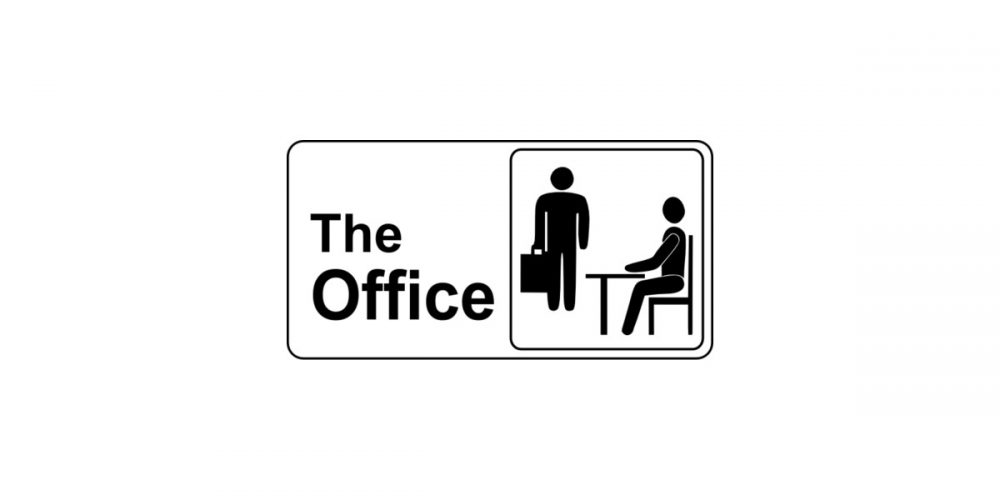A productive workplace doesn’t mean bean bag chairs, slides instead of stairs and ping pong tables in the break room. A productive workplace is as simple as a place where the members of your company to do their work most effectively. The easiest way to create this kind of space is to look at your company – Who works there? What kind of work do you do? How is your company structured? These are the questions that you need to ask yourself before choosing and curating your space in.
Co-working space or a leased office?
Co-working spaces are taking over in cities all over the world. It was initially used by freelancers, travelers, start-ups and entrepreneurs but now it’s also used by major Fortune 500 companies. Will this new style of community working push out the traditional office space? Unlikely. Very unlikely. However, co-working spaces are an economical and flexible alternative to the classic leased office space.
Pros of Coworking spaces
Flexible terms: meaning you can move easily terminate your membership and move to another co-working space, another city, or into a leased office.
Community aspect: Many co-working spaces try to facilitate a community aspect by hosting events, having facebook groups and having a common space like a kitchen area. This combine productivity with hospitality resulting in an environment where you could be working next to a perfect stranger yet feel at ease.
Low investment: As a new start-up you might not have the capital to invest in creating and maintaining an office space. Coworking spaces come already with furniture, wifi, all utilities and even some business and professional development events.
Con of Coworking spaces
Costs: The membership fees can be expensive especially if you have a team of people that need to join. Some find that paying for a space to work around other people when you can pay nothing to work in a coffee shop or from home is not worth it.
Not personalized: For companies that revolve around in-person client or investor meetings then an impersonal space may not be the right fit. Coworking spaces are designed to work for different types of people and companies. Your clients and investors will judge you based on the space you meet them in. While many coworking companies offer meeting room reservations for you to conduct private meetings in it still won’t have your personal brand stamped on it.
Pros of a leased space
Privacy: For companies working with sensitive or private information a leased space might be the best option. This allows you to talk freely without having to rent a meeting room or worry about another company overhearing you. If you are handling other people’s data as well having a private wifi server is also beneficial.
Brand reflection: If you are a company known for your out of the box and creative ideas then you should have a space that will reinforce that reputation. A private space is a way to non-verbally say what kind of company you have. You don’t have to explain it because you live it.
Cons of a leased space
Lack of Flexibility: Companies that are rapidly expanding may need to immediately upgrade their working space for whatever reason, may it be size, aesthetic or location. But being tied to a strict lease may lead to expensive severance fees or even the possibility that you need to pay for multiple spaces until your original lease runs its course.
Size: If you have a small business with only a few employees then having an isolated space may not be good for productivity. Only seeing the same three or four faces everyday can stifle creativity and create tension amongst colleagues.
What is the structure of your business?
How do you run your business? If a low level employee needs to speak to you do they have to go through four different command chains in order to possibly schedule a meeting? Do you have a vertical or horizontal chain of communication with your employees? The answer to these questions are the key for how you can organize your office space.
Horizontal vs vertical communication structures
In a vertical communication structure, there is a top bottom chain of communication. In simple terms, the CEO talks to the manager and the managers talk to the employees and vice versa. Separate office spaces facilitate this kind of communication. Lower level employees are in small cubicles on a separate floor while the bosses are in large closed-door private offices on another floor creates a power dynamic that contributes to vertical communication.
In a horizontal communication structure, the bottom level employees can freely talk to higher level bosses without a middle man. In coworking spaces this type of structure is at its best. You could have interns and the owner of the company operating at the same table, drinking from the same pot of coffee, just a seat away from one another. If a coworking space isn’t right for your company, then something as simple as higher level employees establishing an open door policy can make a friendlier atmosphere and smoother communication.
What kind of work are you going to be doing?
Your workspace should reflect your work. You should have the basic tools to accomplish the work; desks, computers, wifi, but you should also take into account the added instruments needed to make a space that encourages people to want to work.
-If your company does a lot of collaborative work amongst its employees then don’t have divisive cubicles but moveable desks or long tables. Startups thrive in coworking spaces because more often than not there is a lot of overlap between jobs and departments. There is a lot of cooperation and constant communication is key.
-If your company run on creativity then get creative with your office space. A creative work space encourages creativity. Allow your employees to decorate their own space. Add color to the office whether it’s the walls or the furniture. Incorporate different types of workspaces within the office. Fill your office with long tables, high top tables, couches and individual desks. Sometimes just a slight change of location, even its just the way you sit, can bring about a different perspective.
– If your company has a lot of face to face interactions with clients then your space is a reflection of the brand as well. This means that having ping pong tables and lounge chairs might appeal to a younger crowd but it could also be off putting to old school workers. Keeping your space organized, clean and professional is the basic package. But inserting personality into your office can make or break your clients impression of your company. Have your logo around the office, make it known that this is your company’s space and no one else’s.



















